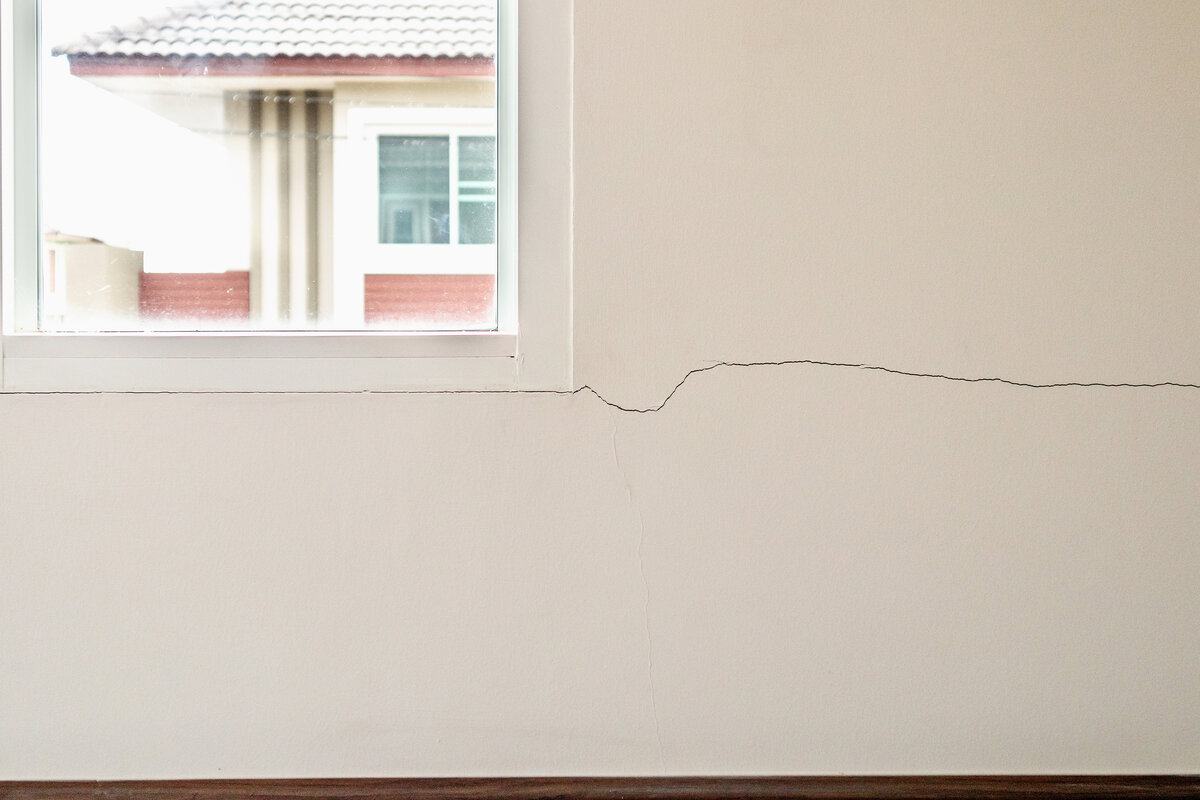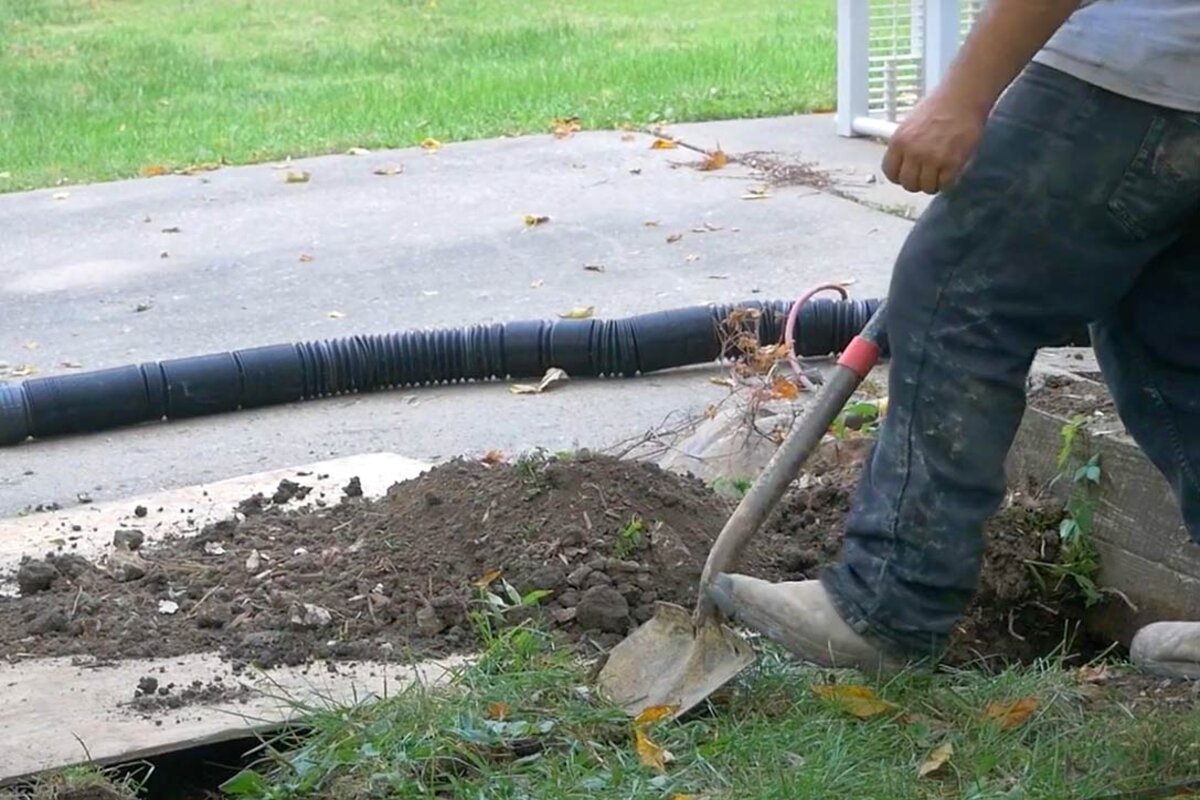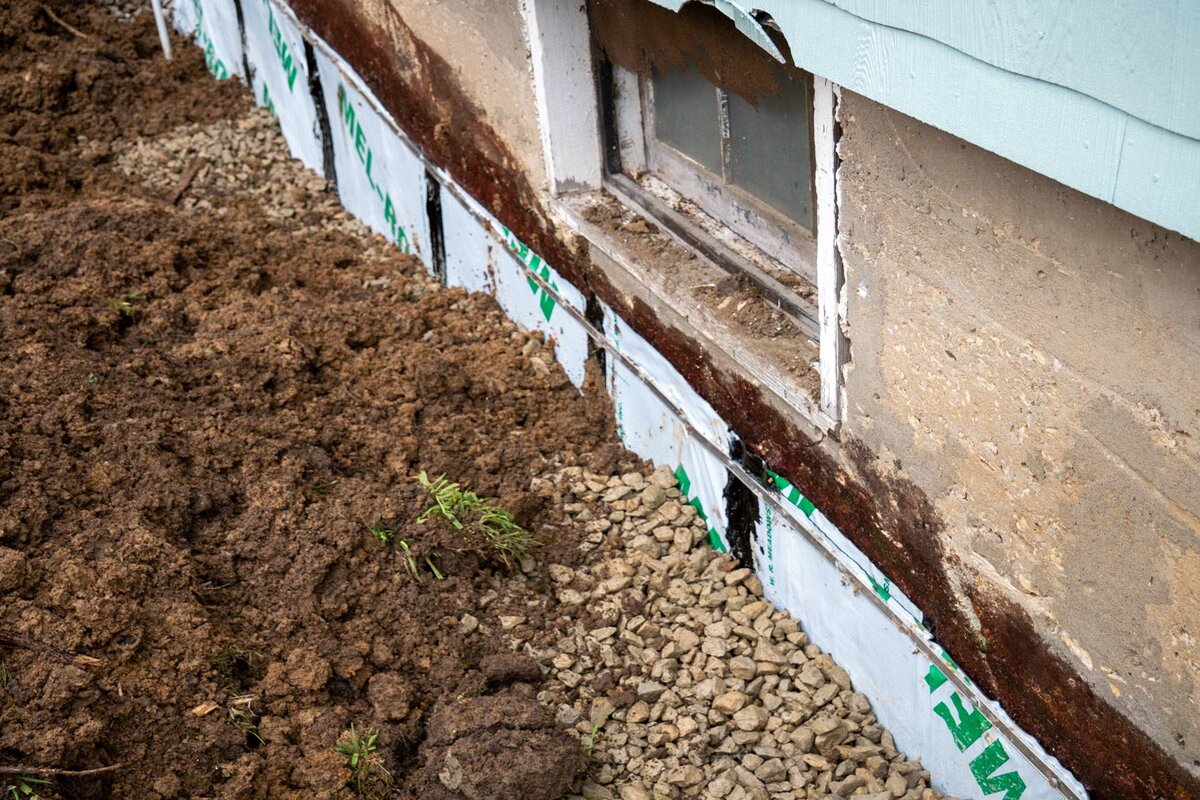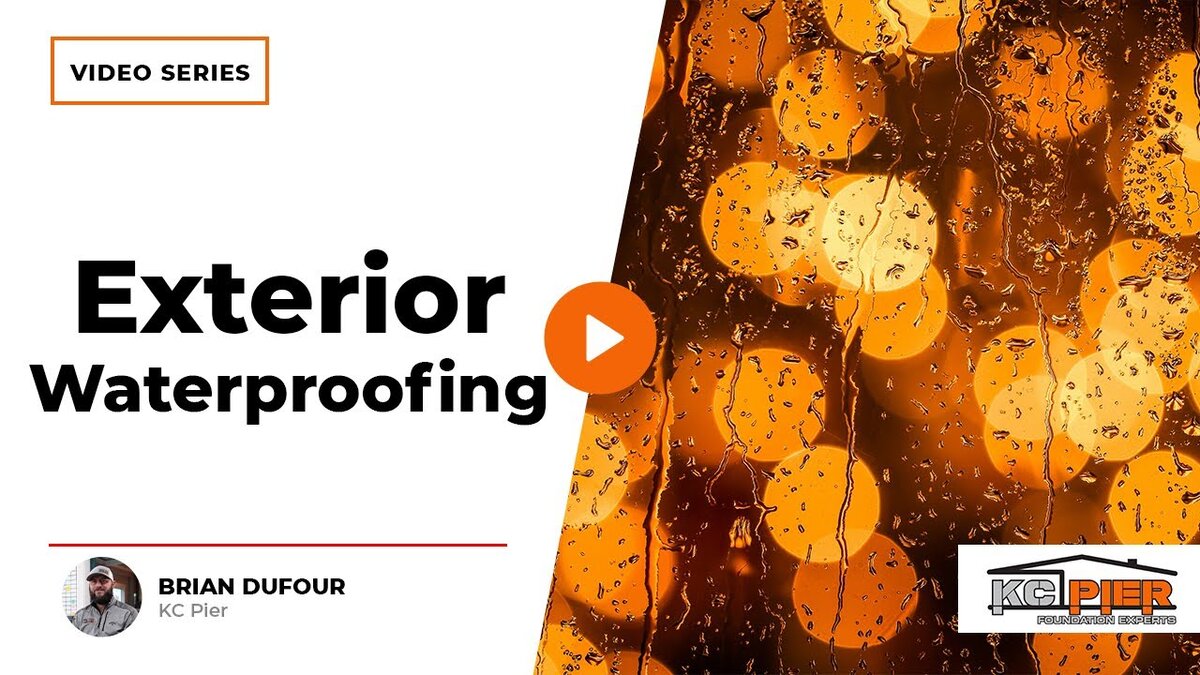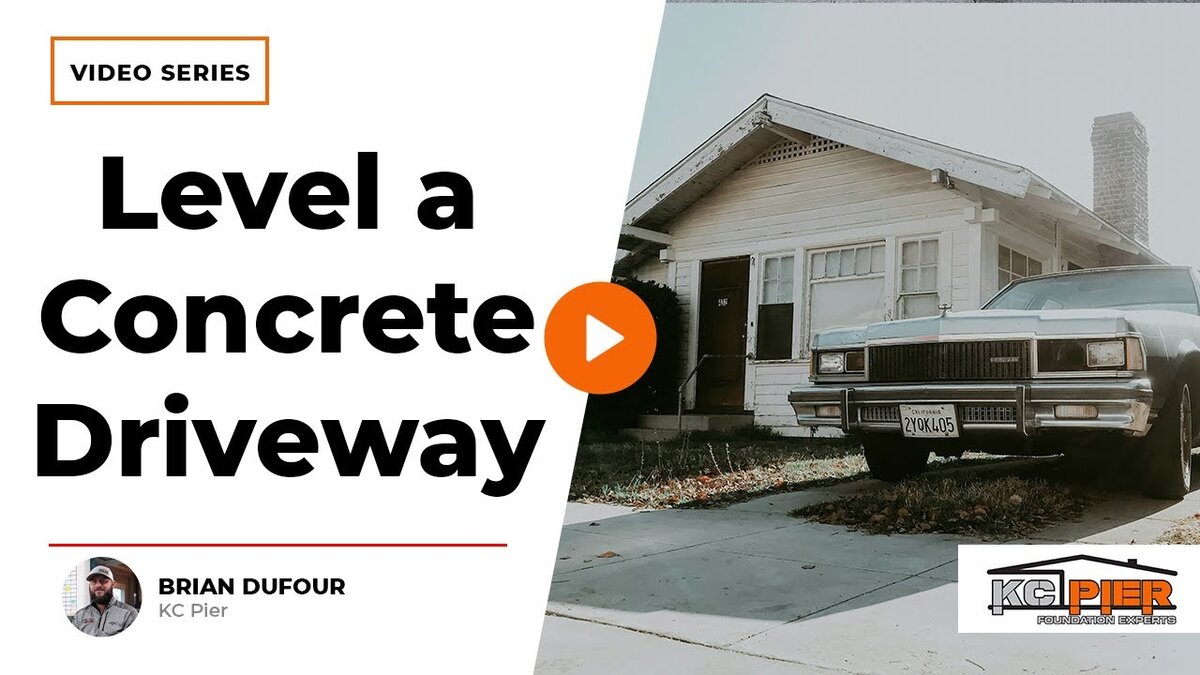When it comes to building or renovating your home, few decisions are as crucial as selecting the appropriate foundation. Among the options available, the debate between cinder block foundation vs. poured concrete is a prominent consideration. Each of these foundation type has its strengths and weaknesses, shaping the structural integrity and longevity of your home. Understanding the differences between these two options is essential for making an informed choice that aligns with your needs and priorities.
Understanding Cinder Block Foundations
Cinder block foundations have a history rooted in mid-20th-century construction practices. These foundations are built using individual blocks held together by mortar, resembling a structure akin to Lego bricks. While cinder block foundations served their purpose in the past, their reliance on mortar joints poses a significant vulnerability over time. The mortar joints can weaken, leading to potential structural issues in the long run.
Poured Wall Foundations
In contrast, poured concrete foundations represent a modern and preferred method of foundation construction. Instead of using individual blocks, poured concrete walls are created by pouring concrete into forms on-site. This process allows for the creation of a single, continuous structure, significantly enhancing structural integrity. By incorporating rebar reinforcement, poured concrete walls become even more robust, capable of withstanding various environmental stresses.
Comparing Cinder Block Foundation and Poured Concrete
When comparing cinder block foundation and poured concrete, the differences become evident. While cinder block foundations may still be seen in some older homes or certain geographical regions, poured concrete foundations offer several advantages. Poured concrete walls eliminate the inherent weaknesses of mortar joints found in cinder block constructions, providing a more durable and long-lasting solution. Additionally, poured concrete walls are less susceptible to issues such as inward movement or bowing, contributing to enhanced structural stability.
Addressing Foundation Issues: Solutions for Both Foundation Types
Regardless of the type of foundation your home has, it’s crucial to address any potential issues promptly. Both cinder block and poured concrete foundations may experience issues over time, such as settling or bowing walls. Fortunately, solutions exist to mitigate these concerns. For cinder block foundations, solutions may include installing I-beams, Earth anchors, or even undertaking exterior dig outs to correct wall alignment. Similarly, poured concrete foundations can benefit from these solutions, ensuring the continued stability of your home’s foundation.
KC Pier: Your Partner in Foundation Solutions
At KC Pier, we understand the importance of a solid foundation for your home’s structural integrity. Whether your home features a cinder block, stone, or poured concrete foundation, our team of experts is equipped to provide tailored solutions to address any issues you may encounter. From minor adjustments to comprehensive repairs, we offer a range of services backed by warranties for your peace of mind.
In Summary: Making the Right Choice for Your Home’s Foundation
The choice between a cinder block foundation vs. poured concrete foundation is a significant decision that can impact your home’s structural stability and longevity. While cinder block foundations may have been prevalent in the past, poured concrete walls offer undeniable advantages in terms of durability and resilience.
If you’re facing foundation issues or considering upgrades for your home, don’t hesitate to reach out to us at KC Pier. Our team is here to help you make informed decisions and ensure the continued safety and stability of your home for years to come.


